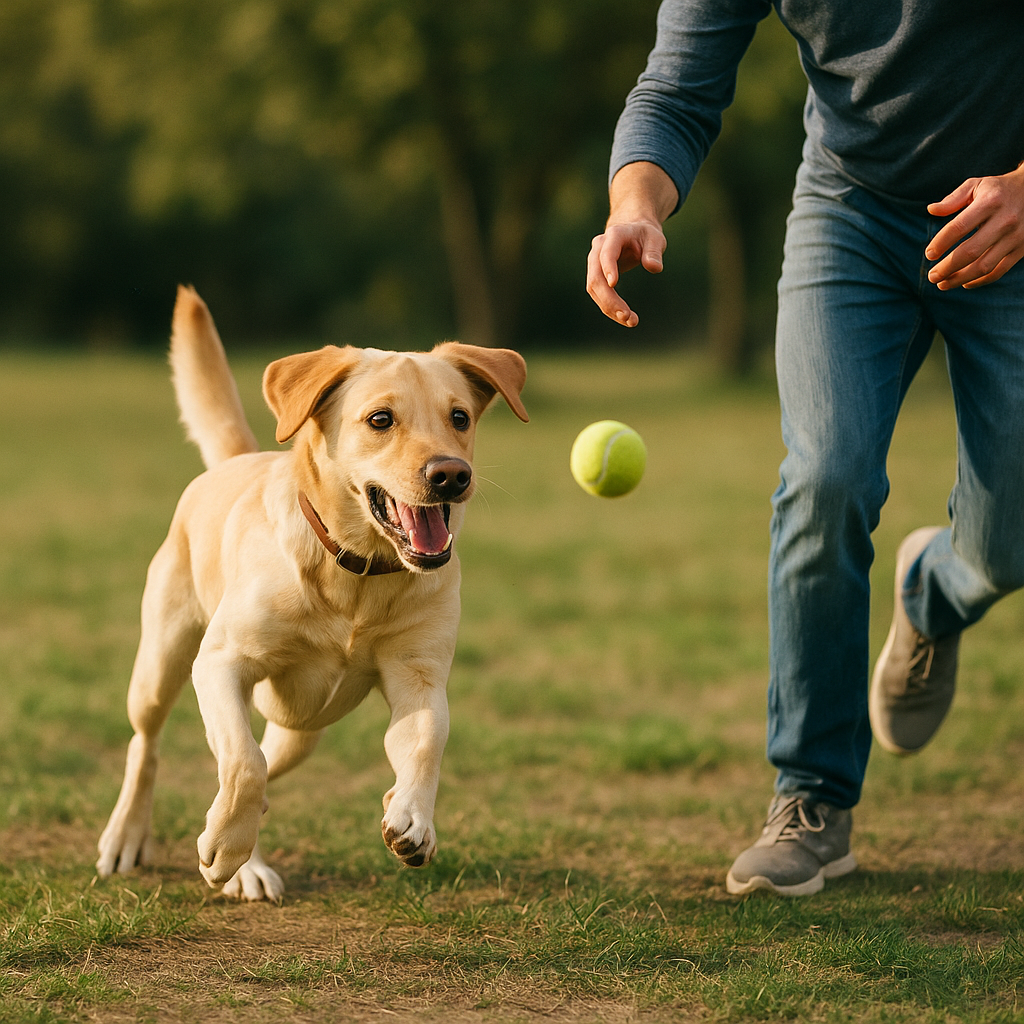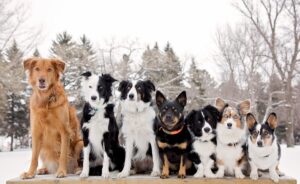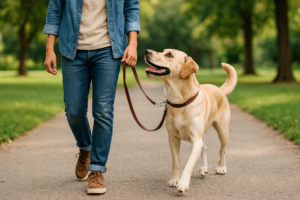
Dog Training Rewards & Reinforcement: How to Motivate Your Dog in Chicago
Using rewards effectively is one of the most important aspects of dog training in Chicago. However, not all rewards are equally effective. To build a well-behaved and attentive dog, it is essential to understand reinforcement schedules and how to use motivation properly.
What is a Reward in Dog Training?
A reward is anything given to a dog in response to a behavior. However, for a reward to truly reinforce a behavior, it must be something the dog actually desires and is willing to work for.
Some of the most effective rewards include:
- Food and Treats – One of the most commonly used reinforcers due to its high value for most dogs.
- Toys and Playtime – A great motivator for dogs that enjoy activities like fetching or tug-of-war.
- Praise and Affection – Many dogs thrive on attention and verbal encouragement.
- Life Rewards – Granting access to something the dog enjoys, such as sniffing during a walk or greeting people.
Every dog is different, and their preferences may change over time or depending on their current needs. For example, a dog that has not eaten recently will likely be more motivated by food than one that just finished a meal.
Understanding Reinforcement Schedules in Dog Training
A reinforcement schedule determines how often a dog receives a reward for performing a behavior. This is a crucial part of building consistency and engagement in training.
Fixed Ratio (FR) Schedule
A fixed ratio means the dog receives a reward after a set number of correct responses. For example:
- One treat for every three correct sits.
- Two rewards after six successful leash walks.
This method is most effective when teaching a new behavior or training in a high-distraction environment, such as a busy city street or a dog park.
Variable Ratio (VR) Schedule
A variable ratio means the dog is rewarded at random intervals rather than every time. For example:
- Rewarding a sit after two attempts, then after five, then after three.
This method keeps the dog engaged and working hard in anticipation of a possible reward. Variable ratio reinforcement creates a stronger and more reliable response over time.
Avoiding Accidental Reinforcement
Unintentional reinforcement can cause bad habits to persist. Some common examples include:
- Petting a dog when they jump up, which encourages jumping.
- Giving a treat when a dog barks excessively, reinforcing the behavior.
To avoid this, only reward behaviors that you want to encourage. Be mindful of patterns and reinforce positive actions instead.
Why Consistency Matters: Herrnstein’s Matching Law
If reinforcement is suddenly removed, it can confuse a dog and lead to inconsistent responses. Think of reinforcement as a bank account—each reward is a deposit, while each behavior performed without a reward is a withdrawal. If reinforcement stops completely, the dog may no longer see a reason to continue the behavior.
Instead of eliminating rewards entirely, gradually reduce them while ensuring that desirable behaviors are still reinforced at times. This approach helps maintain long-term obedience.
Premack Principle: Using Life Rewards for Training
Not all rewards need to be food-based. The Premack Principle, developed by psychologist David Premack, suggests using a highly desirable activity to reinforce a less desirable one.
For example, asking a dog to sit before allowing them to greet a person. Sitting may not be naturally exciting, but the opportunity to interact with someone provides motivation to follow the command.
This method is useful for reinforcing behavior in everyday situations without relying solely on treats.
Professional Dog Training in Chicago
If you are struggling with obedience training, motivation, or unwanted behaviors, professional training can make a significant difference. Our expert Chicago dog trainers use proven reward-based training techniques to create well-mannered and responsive dogs.
Contact us today to schedule a consultation and learn how positive reinforcement can transform your dog’s behavior.



